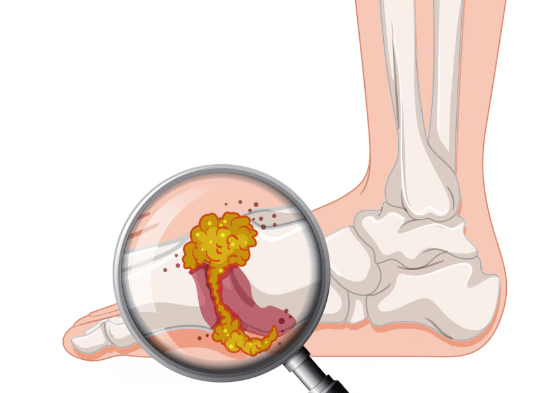Despite its widespread impact, Charcot-Marie-Tooth disease (CMT), one of the most common genetic neurological disorders, is still not well understood. CMT, which affects about 1 in 2,500 people, can result in a wide range of difficulties, including loss of sensation and muscle weakness. Peripheral nerves, which link the brain and spinal cord to the arms, legs, and other body parts, are the focus of the disease, which results in impairment of both motor and sensory abilities. Although its most visible symptoms, such as muscle atrophy and foot abnormalities, can be crippling, improvements in physical therapy and genetics give hope for the condition’s management.

Despite the fact that CMT usually appears in adolescence or early adulthood, it frequently goes years without a diagnosis, occasionally showing up in midlife. Due to the disease’s progressive nature, everyday tasks may become more challenging as it gradually spreads from the feet and legs to the hands and arms. Even though CMT has well-established genetic roots, a patient’s quality of life can be greatly enhanced by genetic testing and early intervention. This article provides a thorough understanding of CMT, a condition that is frequently disregarded, by examining its causes, symptoms, and available treatments.
Key Facts About Charcot-Marie-Tooth Disease
| Category | Details |
|---|---|
| Specialty | Neurology, Podiatry, Orthopedics, Physical Medicine and Rehab |
| Symptoms | Muscle weakness, Foot deformities, Numbness, High foot arches |
| Onset | Adolescence to early adulthood, but can develop in midlife |
| Causes | Genetic mutations, affecting peripheral nerves |
| Risk Factors | Family history of CMT |
| Diagnostic Methods | Genetic testing, Nerve conduction study, EMG |
| Treatment | Physical therapy, Medications, Orthopedic devices, Surgery |
| Prognosis | Progressive, lifelong |
| Frequency | 1 in 2,500 individuals |
Visit the Mayo Clinic for more information on Charcot-Marie-Tooth Disease , Wikipedia
Recognizing Charcot-Marie-Tooth Disease Symptoms
Even within the same family, Charcot-Marie-Tooth disease symptoms can differ greatly from person to person. The disease usually starts with weakness in the legs, ankles, and feet. Muscle atrophy (wasting) and foot abnormalities like hammertoes and high arches are common as the disease worsens. Another characteristic symptom is foot drop, which results in an awkward, high-stepping gait as it gets harder to raise the foot.
Along with the physical difficulties, numbness and loss of feeling in the legs and feet are common. People may become incapable of experiencing pain or discomfort as a result, which raises the possibility of infections and injuries going undetected. For instance, a foot blister might go unnoticed until it becomes infected, which would make daily tasks more challenging. As the illness progresses, it may impact the hands and arms, making it more difficult for a person to carry out activities like typing or gripping.
The Inheritance of Charcot-Marie-Tooth Disease and Genetics
Charcot-Marie Tooth disease usually follows an autosomal dominant pattern and is genetically inherited. This indicates that if one parent carries the gene, the child has a 50% chance of inheriting the condition. The illness is brought on by mutations in one of the more than 100 genes that control peripheral nerve function. While some mutations impact the myelin sheath, which shields and accelerates the transmission of nerve signals, others harm the nerve axons.
The characteristic muscle weakness and sensory loss that characterize CMT are caused by the nerves transmitting signals more slowly or ineffectively due to the malfunction of these vital components. Genetic testing can identify the precise mutation causing the disease and aid in its diagnosis, providing important information about the particular type of CMT an individual may have.
Treatments and Therapies for Charcot-Marie-Tooth Disease Management
Charcot-Marie-Tooth disease cannot be cured, but there are treatments that can help control symptoms and enhance quality of life. Physical therapy is essential because it maintains general functional ability, increases mobility, and strengthens muscles. Orthopedic devices, like splints and foot braces, can help strengthen weak muscles and enhance balance and posture.
In certain situations, correcting foot abnormalities or relieving nerve pressure may require surgical procedures. Pain and discomfort associated with nerves can be managed with the use of medications, including painkillers.
Furthermore, the possibility of using drugs tailored to neuropathy to lessen the nerve damage brought on by CMT is being investigated. More potent treatments might develop as research advances, which could change how the illness develops.
Charcot-Marie-Tooth Disease: Finding Inspiration in Resilience
Cohabitation with Charcot-Marie Although tooth disease is certainly difficult, it’s crucial to acknowledge the extraordinary fortitude of those who are impacted. Many people with CMT still lead happy lives, pursuing jobs, taking up hobbies, and spending time with their families. Adaptive technologies, such as specialized footwear and mobility aids, allow people with CMT to lead active lives.
It is also essential to have the support of friends, family, and CMT-specific support groups. These communities give people practical advice, emotional support, and a compassionate setting where they can relate to others going through similar difficulties. Being resilient involves more than just overcoming physical constraints; it also entails retaining optimism, hope, and an eye toward the future.
Charcot-Marie-Tooth Disease’s Prospects:
For those who are living with CMT, the future is rapidly improving. The disease’s progression may be slowed or even stopped by ongoing research into gene therapies, stem cell treatments, and neurological advancements. Early findings from the study of novel biological therapies indicate that they have a great deal of promise for enhancing the efficacy of pain management and the recovery of motor function.
Patients, families, and caregivers can hope that additional treatment options will become available as research and clinical trials proceed, potentially leading to increased independence and an improved quality of life. For those with Charcot-Marie-Tooth disease, the future is currently brighter thanks to a combination of early diagnosis, supportive care, and continuous medical advancements.
For more resources and detailed information on Charcot-Marie-Tooth disease, visit the National Institute of Neurological Disorders and Stroke (NINDS).
